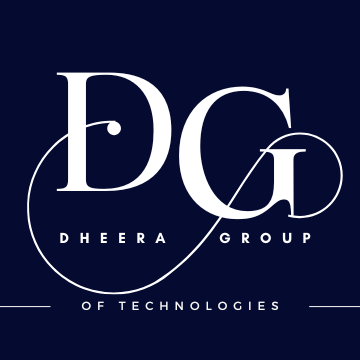B2B vs B2C Emails – Email marketing continues to be one of the most powerful tools for driving engagement and sales. But not all email strategies are built the same. The way you craft, send, and measure emails for B2B (Business-to-Business) audiences differs significantly from B2C (Business-to-Consumer) audiences. Both can deliver strong conversions — but the key lies in understanding your audience and tailoring your approach.

Let’s dive deep into how B2B and B2C email marketing differ, and which strategy truly drives better results.
1. Understanding B2B vs B2C Emails Audience
- B2B Email Marketing targets professionals or businesses. The goal is to build long-term relationships, nurture leads, and guide them through a longer decision-making process.
- B2C Email Marketing, on the other hand, targets individual consumers. The goal is quick engagement and immediate action — often leading to faster conversions.
In short, B2B = logic and trust, while B2C = emotion and urgency.
2. Tone and Messaging
In B2B email campaigns, your messaging should be professional, informative, and data driven. Decision-makers in companies value emails that demonstrate ROI, efficiency, or productivity improvements. For example, a B2B email might focus on how your service saves time or reduces costs.
B2C emails thrive on emotional triggers. They’re conversational, creative, and often centered around offers, trends, or lifestyle appeals. A B2C campaign may include catchy subject lines like “Get 40% Off This Weekend Only!” or “Your Perfect Hosting Plan Awaits!”
3. Email Frequency and Timing
B2B emails are usually less frequent but more content-rich — such as newsletters, case studies, or webinars. Timing is crucial — sending during business hours (typically Tuesday–Thursday mornings) tends to yield higher open rates.
B2C campaigns, however, thrive on frequency and immediacy. Daily or weekly emails with offers, product updates, and festive promotions often perform better. The focus is on staying top-of-mind and encouraging quick clicks.
4. Personalization and Automation
Both B2B and B2C email marketing rely on personalization, but the level differs.
- B2B personalization focuses on industry, job role, or company size. For example, “Here’s how marketing agencies like yours can increase client retention.”
- B2C personalization uses consumer data such as purchase history or browsing behavior — “Hi Riya, your favorite item is back in stock!”
Automation plays a huge role in both. Using tools like SMTP servers, CRM integration, and drip campaigns, you can deliver timely, targeted messages that nurture or convert leads efficiently.
5. Conversion Goals and Metrics
In B2B campaigns, conversions are often measured through lead generation — demo requests, downloads, or quote inquiries. It’s a marathon, not a sprint. Success depends on nurturing and relationship-building.
B2C campaigns measure conversions more directly — sales, sign-ups, or coupon redemptions. Because decisions are faster, the focus is on eye-catching visuals, clear CTAs, and compelling offers.
6. Which Strategy Drives Better Conversions?
The answer depends on your business model and goals.
- If you’re targeting companies that require multiple approvals before purchasing, B2B email marketing drives better long-term conversions by building credibility and trust.
- If your business relies on consumer engagement, discounts, and instant decisions, B2C email marketing wins in speed and volume of conversions.
However, the real power lies in combining the two mindsets:
✅ Use B2B-style personalization and value-driven content even in B2C emails.
✅ Use B2C creativity and emotional hooks to make B2B messages more engaging.
7. Final Thoughts
Both B2B and B2C email marketing have unique strengths. B2B excels at building loyalty and nurturing leads, while B2C shines at driving quick conversions and high engagement. The winning strategy is not choosing one over the other — it’s adapting your email approach based on your audience’s mindset, decision cycle, and motivation.
Whether you’re selling hosting plans, marketing tools, or IT solutions, your emails should always aim to deliver value, relevance, and clarity. The better you understand your audience, the higher your conversions will soar.

